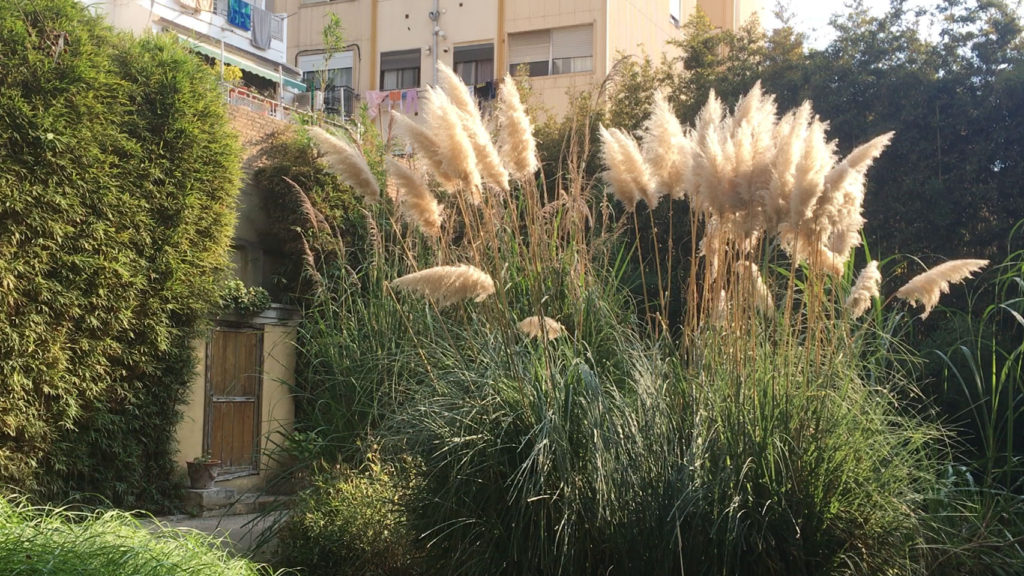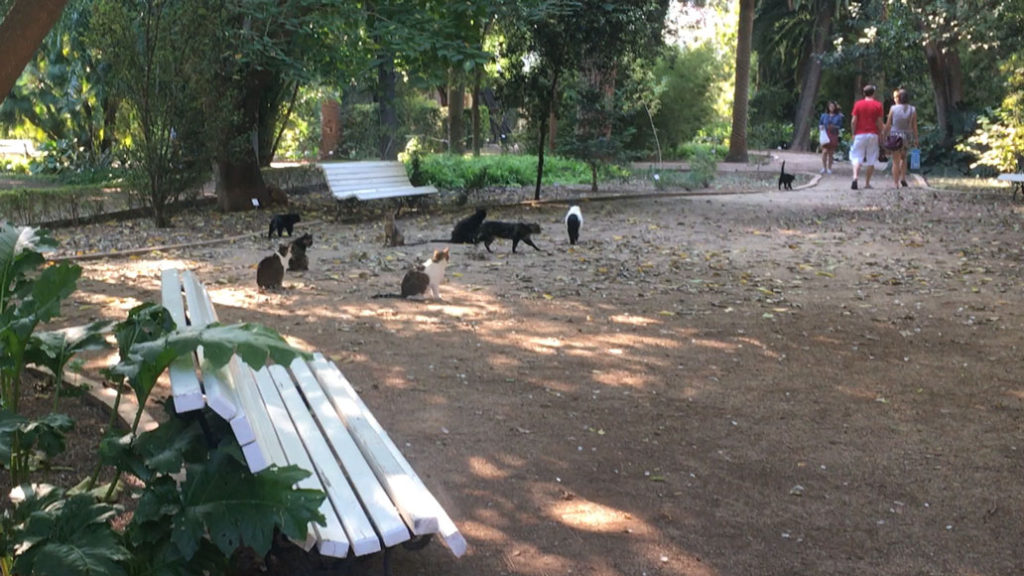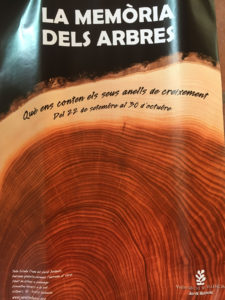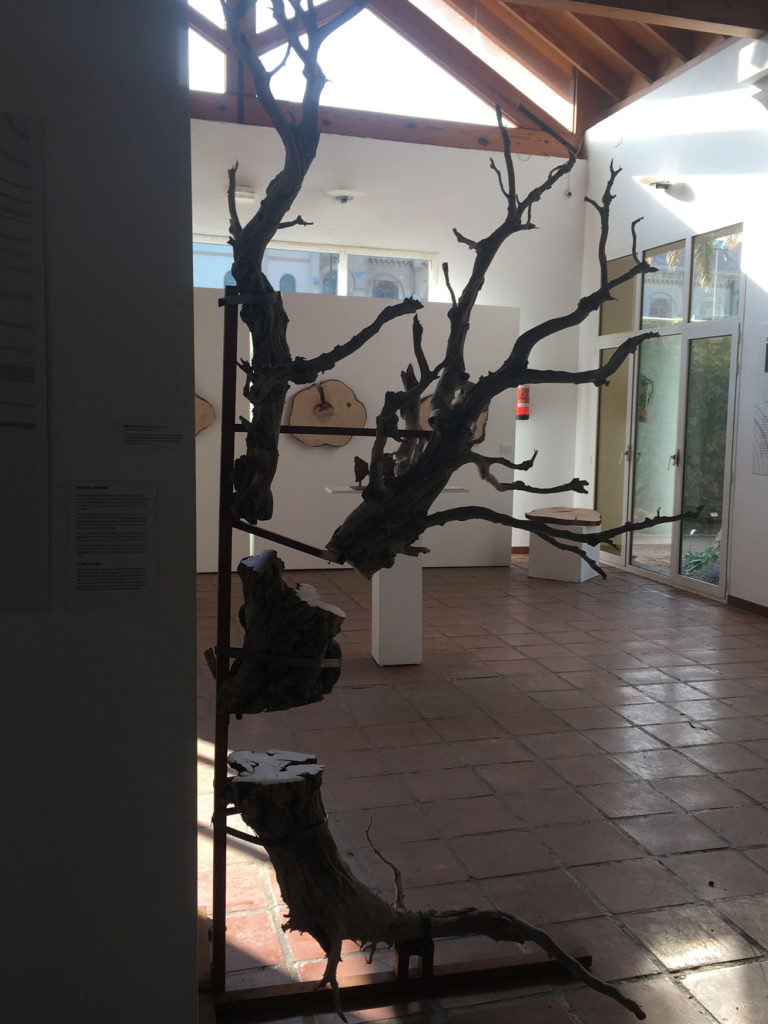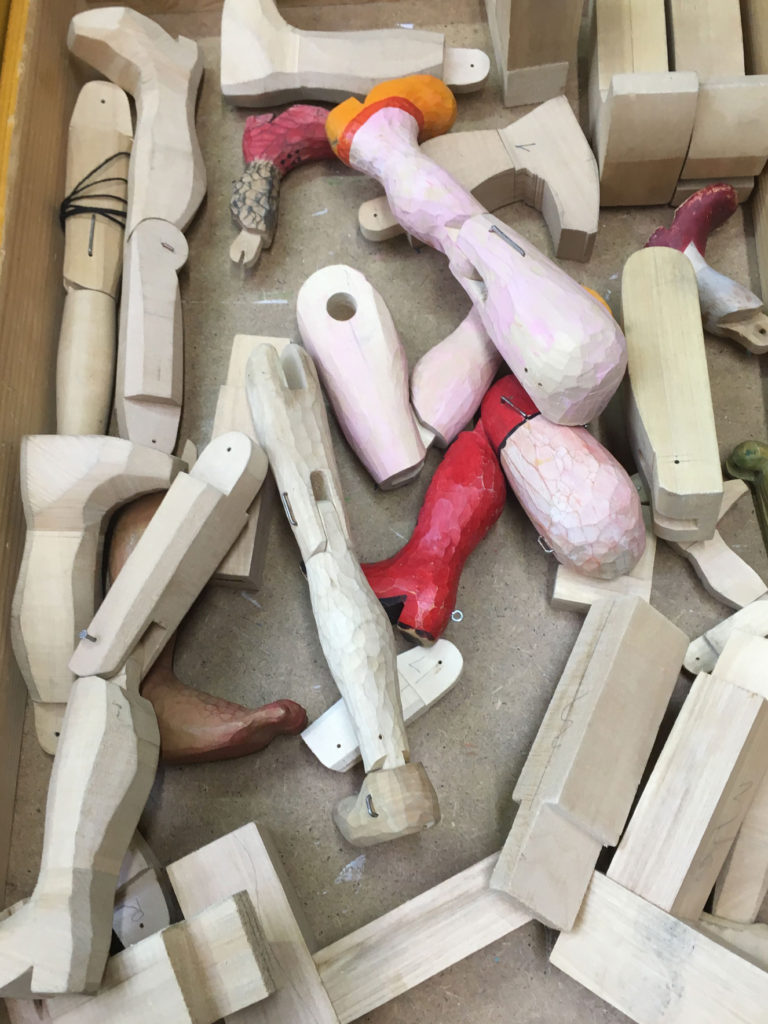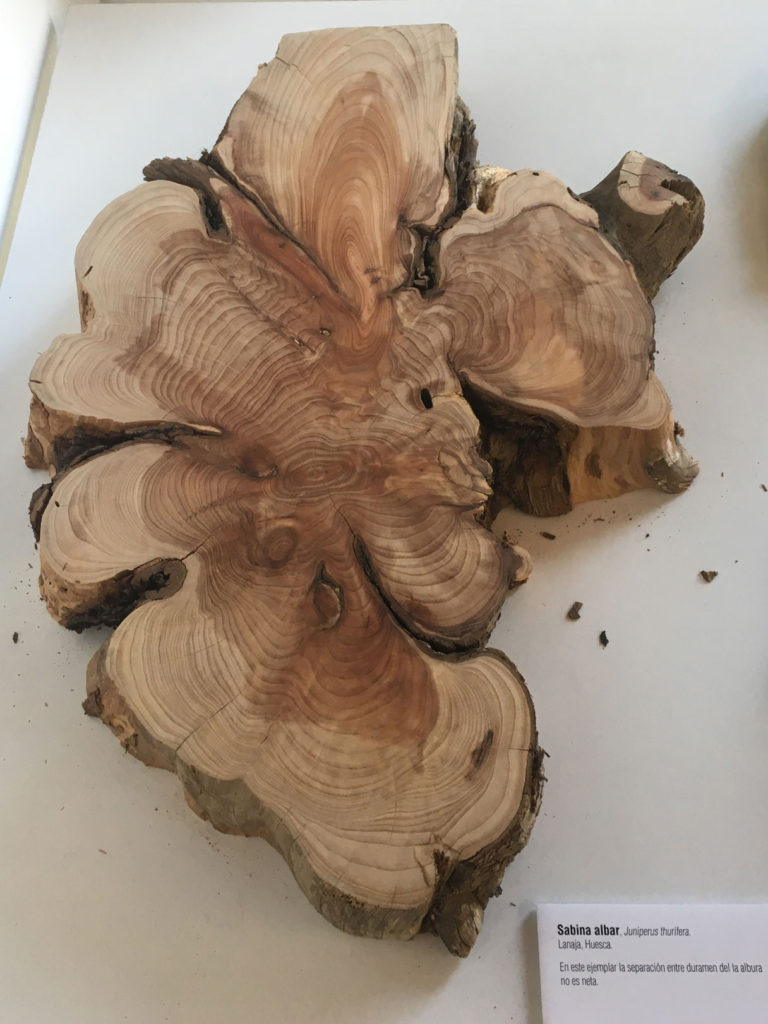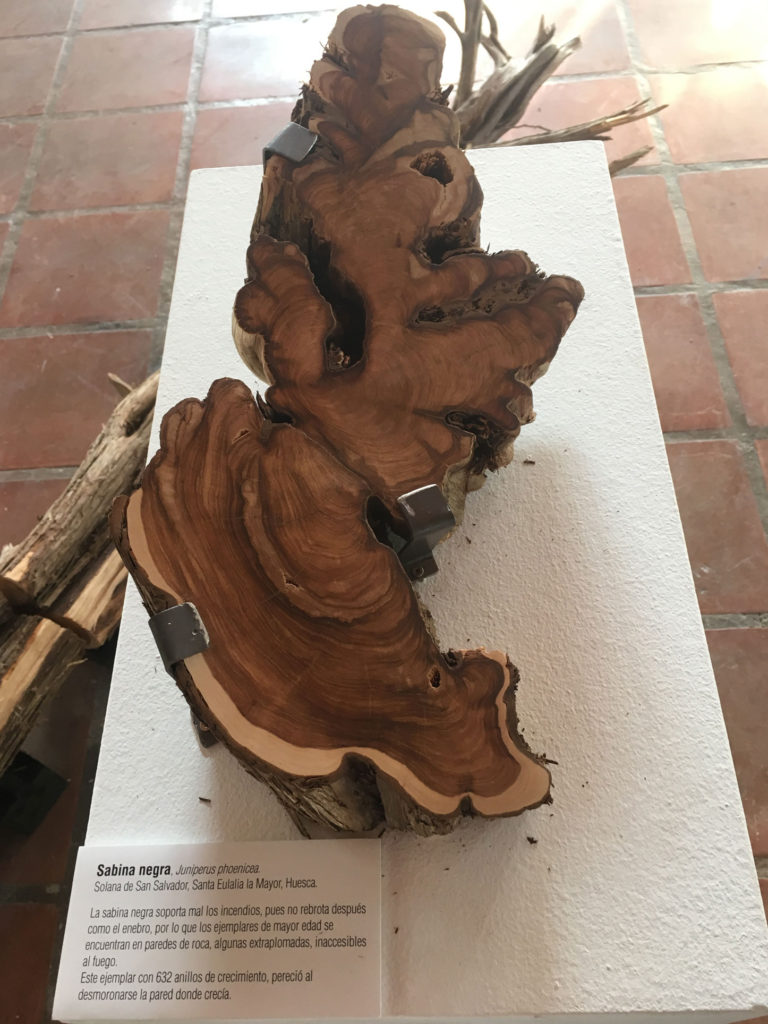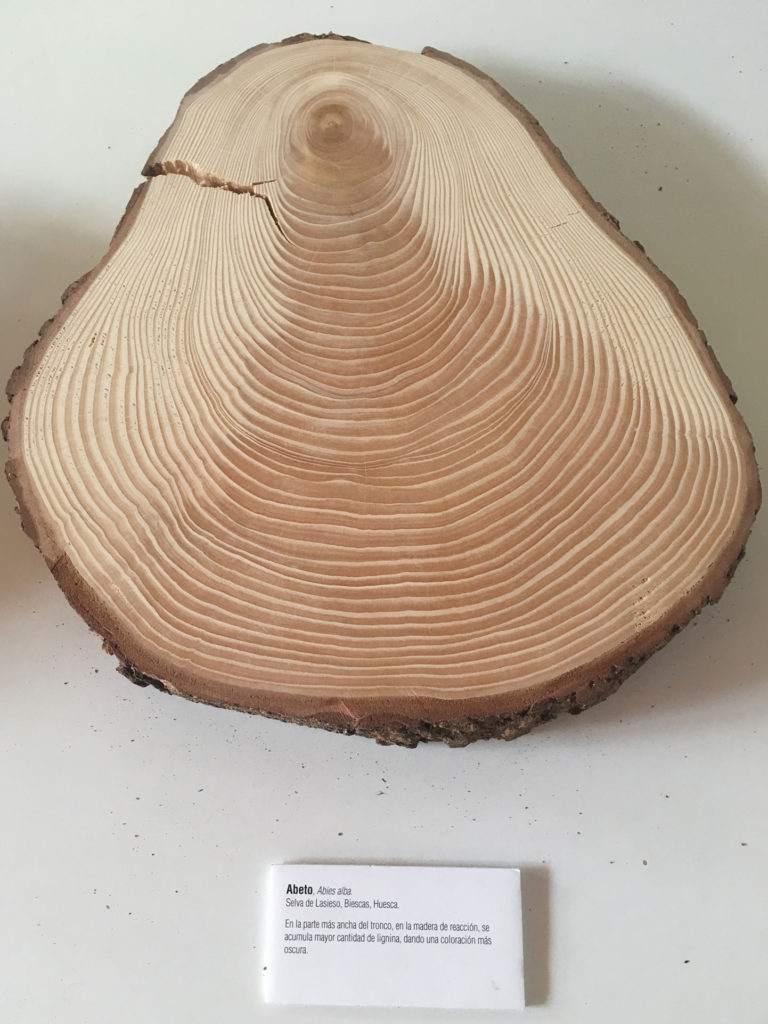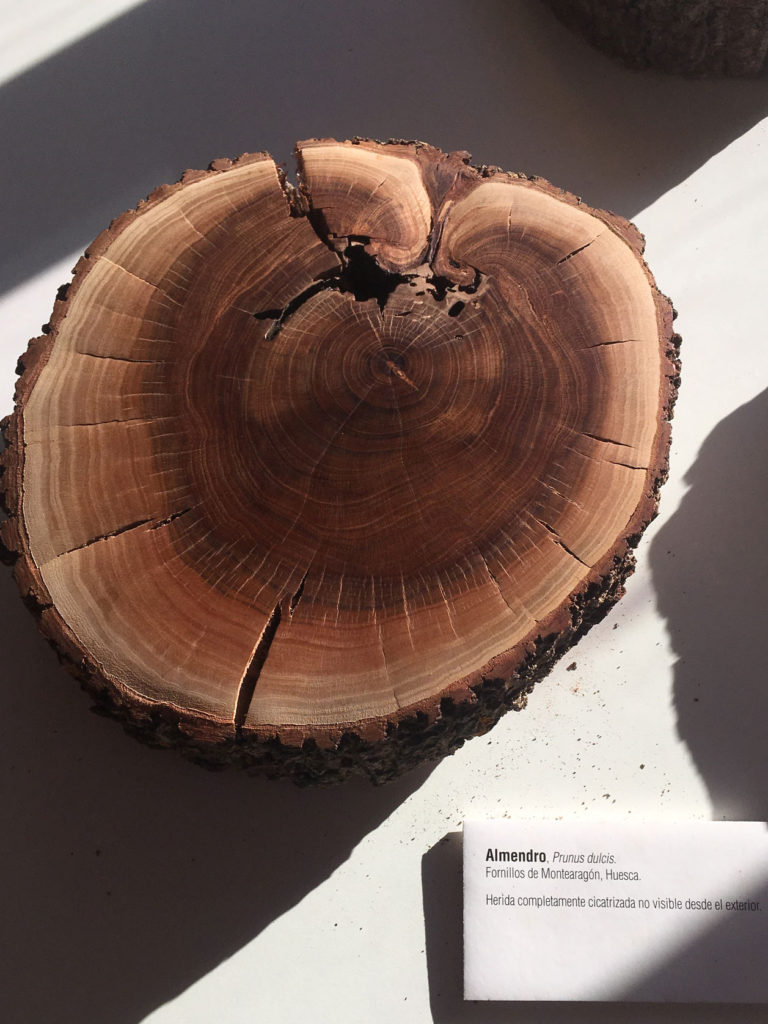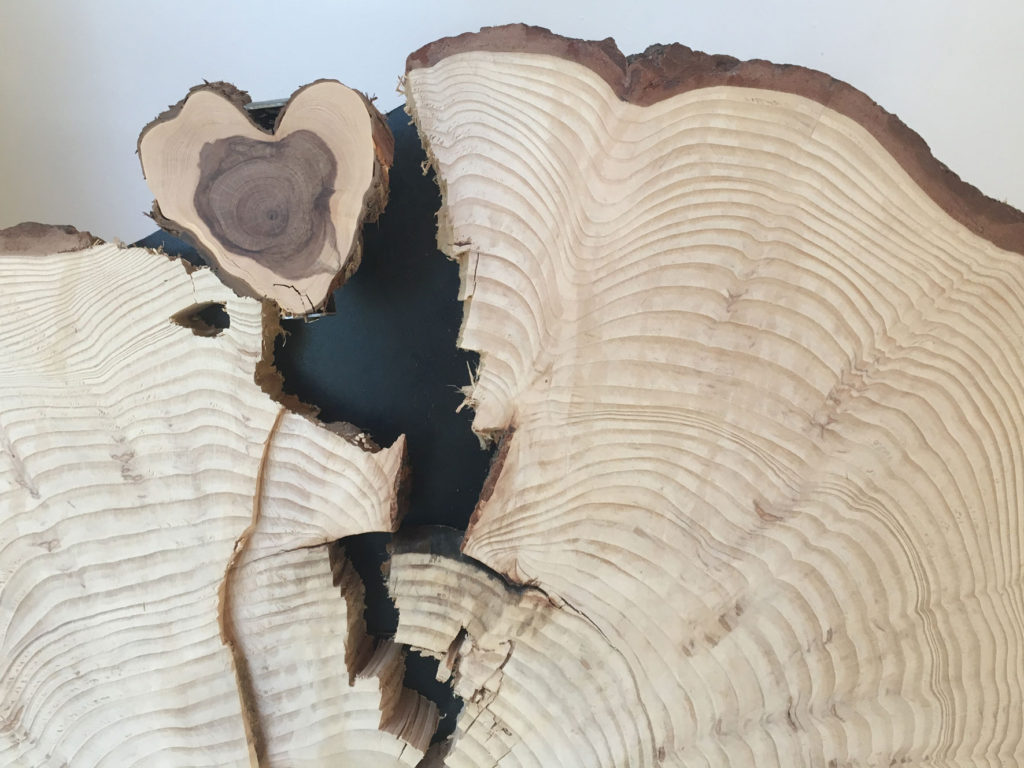I’ve just been swimming in a chemically-treated, lightly-perfumed, over-lit indoor pool in Oviedo, Asturias, Spain. I loved it. On my way to the pool I pass this fountain.

Oviedo fountain fireworks – waterworks doesn’t quite describe the uplift and spray, does it?
It’s the centre piece of a roundabout which illustrates the cycle of water showering through it every minute. Round and round we go. Up and down, through the pipes, over and over again. Humans have used water, in more or less elaborate ways, to enhance our lives as long as we’ve been drinking liquid to survive. You do know you’re soaking in it? In my time in Spain I’ve seen fountains in plazas, roundabouts and parks. I’ve also seen viaducts.

Segovia viaduct built with no mortar
As I’ve said before, imagine having to work in a frock and sandals to make this big old drain run from mountain to castle for your Roman leaders.
There’s plenty of sculptures too, like this one in the city of Valencia, remembering the river that used to run through it.

Valencia remembers their river with a colossus striding over water
One of the most amazing things about Valencia is that for the last thousand years a group of Spanish farmers, or their representatives, meet, every week, on the steps of the Valencia Cathedral; the tribunal de las aguas. They’re there to debate water; who gets how much, when. You can see them on a Thursday. They don’t keep records and their decisions are final.

Tour guide in Valencia explains the democratic nature of water decisions on the steps of the Cathedral
Compare that to negotiations around the Murray Darling basin in Australia. Irrigation is the largest user of water from the Murray/Darling rivers. Admittedly white farmers haven’t been there for a thousand years yet but they are certainly having trouble working out equitable ways to share the water and keep a healthy river. Couple of Aussie blokes made a tv series about it, if you’re inclined to view a cruise down a river?
The farmers downstream in South Australia do not stand a chance against the farmers upstream in New South Wales and Victoria. There are regular scandals on the border of Queensland and NSW.
Cubbie Station, a Japanese and Chinese owned cotton empire, has a dam described as the same size as Sydney Harbour. Down the other end of the river in SA, Goolwa’s water sometimes slows to a trickle. There’s no regular meeting to solve this ongoing crisis. Just earnest attempts, bitter blaming and ecological desperation.
Back in Spain, Valencia went so far as to move their river away from the city.

Old Valencia river bed is now a running track
Now a lovely park featuring running tracks, modern architecture and playgrounds, the river bed flooded too often and the civic powers showed the flow who was boss and shoved it out the back somewhere.

Valencia tamed their river beds and turned their minds to the future
The same thing happened in Seville. The Gualdaquiver, once a bustling shipping artery, was split to control potential flooding.

Seville’s quiet backwaters
I suppose in Spain climate change may be working for humans because there’s been less rain than normal for many years.
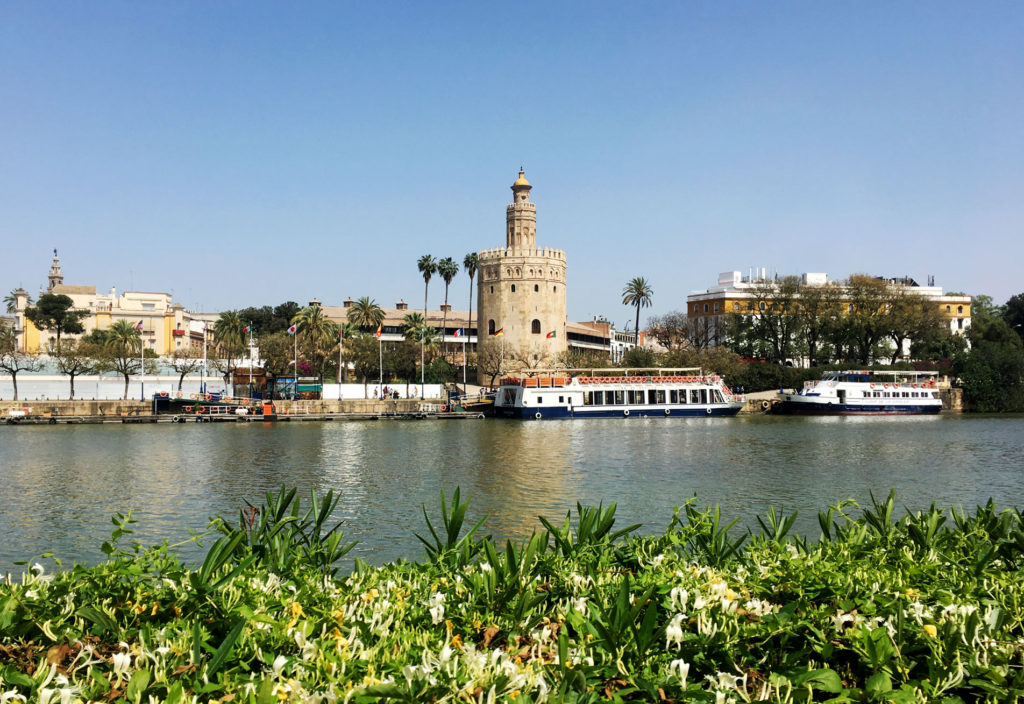
El Torre de Oro – The Tower of Gold – built in the 13th Century – across the river Gualdaquiver

The public face of the river in Seville
On the other side of the Iberian Peninsula, I lived last year on the border of two provinces, Barcelona and Girona, in Catalunya. The border was a river, La Tordera.

Standing on the bridge looking out to the sea and the railway bridge on one side and up to the township of Tordera on the other
In the summer La Tordera dried up. You could walk across it. In the winter it was a full, flowing river. I used to take a photo every time I walked home. There’s no sound track on the following slide show. Do you want to listen to Al Green while you check out the pretty Spanish river?
<iframe width=”560″ height=”315″ src=”https://www.youtube.com/embed/KEasxe8hDs4″ frameborder=”0″ allow=”autoplay; encrypted-media” allowfullscreen>iframe>
In the beginning of my little compilation, you can see the mouth of the river at Blanes beach. In the summer, the mouth is closed. As the waters build up through the cooler months, they breach the sand. Water will find a way.

With my back to Blanes beach, here’s the mouth of La Tordera in cooler days.
Also, the nearby city of Girona features a river bed dry and bare in the summer. The winter rains and their outpourings created marvellous reflections for tourist photos.

Girona quiet waters in autumn – not a marvellous tourist photo
This year I work in the Valle de Nalón in Asturias. When I arrived, El Rio Nalón was a mere trickle.

Tiny little Nalón in autumn

Nalón in the Winter
Now spring is here and the snows are melting in the nearby mountains.

Nalón in spring
Churning white waters fleck the brown flood that chunders down the river bed.
Rivers come and go as seen in two stories in the Guardian today. When Nature’s had enough https://www.theguardian.com/world/2018/apr/01/argentina-new-river-soya-beans and farmers have taken all the deep-rooted trees away from the water table, is it surprising that nature will take her own course?
But more achingly important is this story about giving nature a right to exist; https://www.theguardian.com/australia-news/2018/apr/01/its-only-natural-the-push-to-give-rivers-mountains-and-forests-legal-rights
The idea of giving a river legal personhood is pleasantly close to finding Naiad or a River God swimming along the Yarra, or the Thames or the Seine. But remember, “No river, no people, no life.”
They know that in Cape Town, they know it in Los Angeles. Around the world it’s estimated 1.1 billion people don’t have access to clean water.
I don’t have to tell you, do I, that we’re all part of nature!
There’s a lot of charities about clean water; the tap project, charity; water, lifewater, water.com

The Source of the river Aube, one of the tributaries of the Seine, in the Haute-Marne region of France
When I stayed near Auberive, Champagne-Ardenne, France, I was fortunate to visit the Source of the river Aube, set in mysterious forest and retaining an atmosphere of magic. For about twenty metres around this area, the ground is wet and the steady seepage from below begins a flow that ends up joining the Seine. Here was a place it was easy to imagine a Naiad living.
Would we be more interested in protecting water if we returned to the days of worshipping? Would that be enough for us to form a human shield against the likes of Nestlé and Coca Cola? Remembering corporations already carry their own personhood, like Deities!
Meanwhile, in New Zealand, hydro-electricity is looking a lot greener these days. And rivers are so beautiful that Don McGlashan wrote a song about them. Made famous by singer Hollie Smith, here’s a version featuring the composer, a casual rehearsal to swim in.
<iframe width=”560″ height=”315″ src=”https://www.youtube.com/embed/1vBcU7OOGqs” frameborder=”0″ allow=”autoplay; encrypted-media” allowfullscreen></iframe>
Thanks for getting into this river of thought. What, and where, are your favourite rivers? Have you been involved in any water charities? Let me know in the comments section below!
